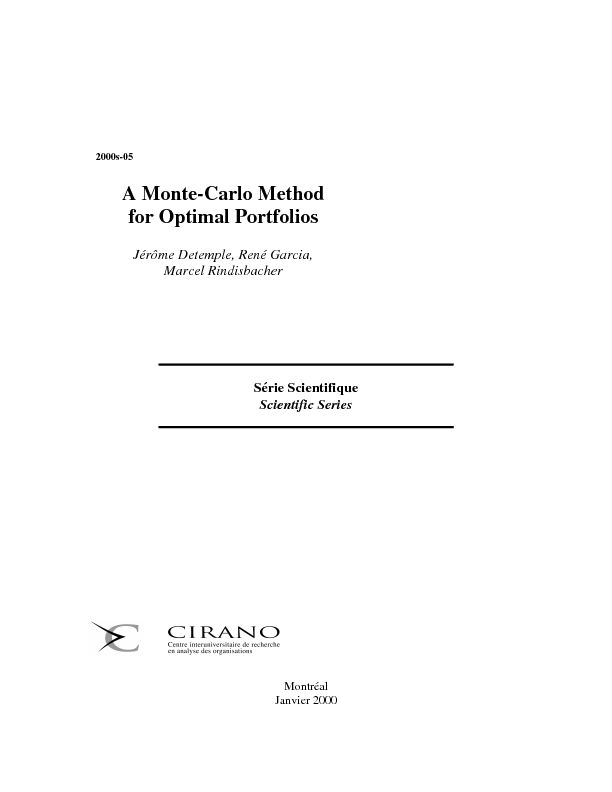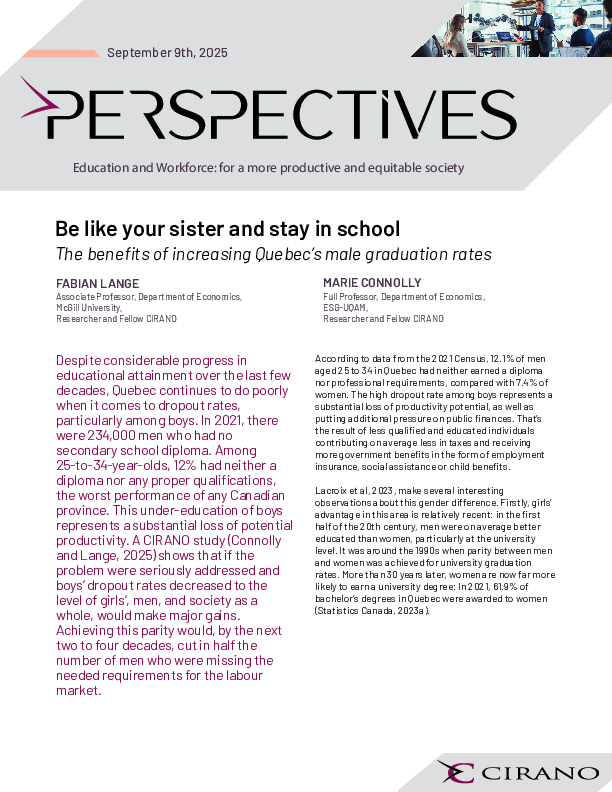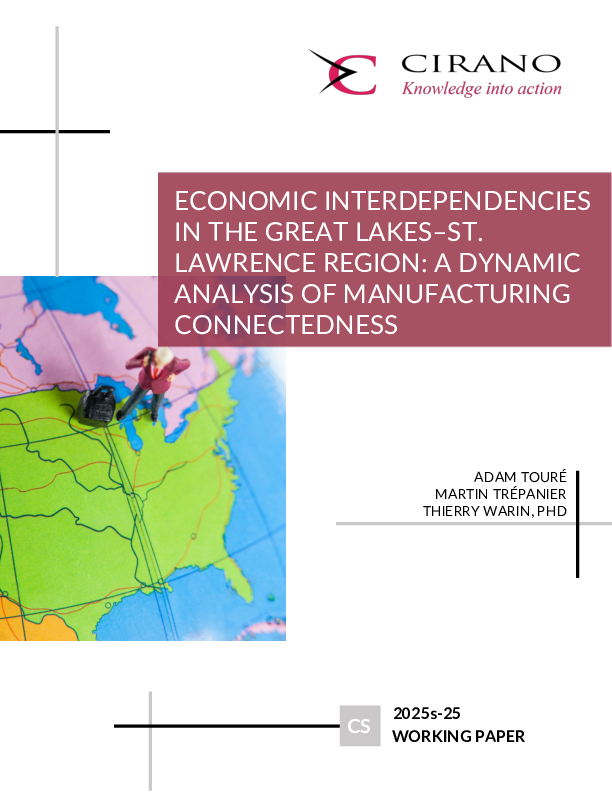A Monte-Carlo Method for Optimal Portfolios
This paper provides (i) new results on the structure of optimal portfolios, (ii) economic insights on the behavior of the hedging components and (iii) an analysis of simulation-based numerical methods. The core of our approach relies on closed form solutions for Melliavin derivatives of diffusion processes which simplify their numerical simulation and facilitate the computation and simulation of the hedging components of optimal portfolios. One of our procedures relies on a variance-stabilizing transformation of the underlying process which eliminates stochastic integrals from the representation of Malliavin derivatives and ensures the existence of an exact weak approximation scheme. This improves the performance of Monte-Carlo methods in the numerical implementation of portfolio rules derived on the basis of probabilistic arguments. Our approach is flexible and can be used even when the dimensionality of the set of underlying state variables is large. We implement the procedure for a class of bivariate and trivariate models in which the uncertainty is described by diffusion processes for the market price of risk (MPR), the interest rate (IR) and other relevant factors. After calibrating the models to the data we document the behavior of the portfolio demand and the hedging components relative to the parameters of the model such as risk aversion, investment horizon, speeds of mean-reversion, IR and MPR levels and volatilities. We show that the hedging terms are important and cannot be ignored for asset allocation purposes. Risk aversion and investment horizon emerge as the most relevant factors: they have a substantial impact on the size of the optimal portfolio and on its economic properties for realistic values of the models' parameters.
[ - ]




